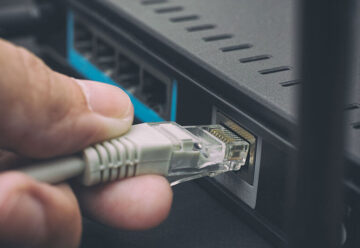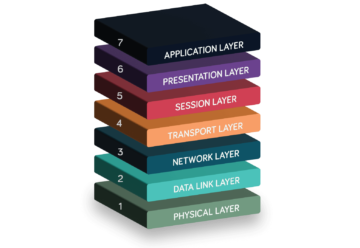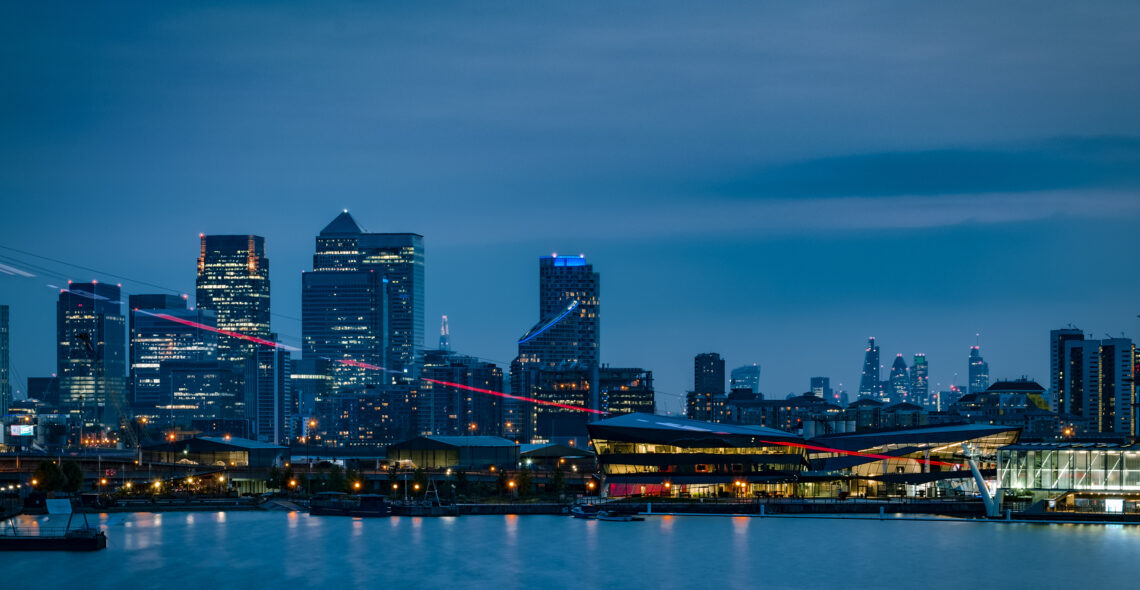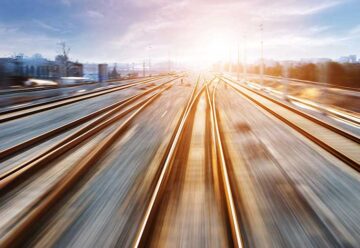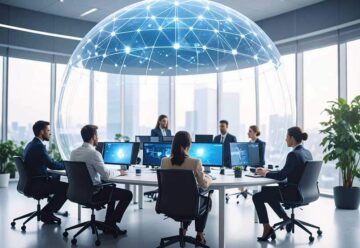We spoke to Daniel Clarke, Strategy Partnerships Manager at Connecting Cambridgeshire. Daniel developed the Smart Cambridge programme which included the development of a city data platform and deployment of sensors.
Smart cities promise to bring some truly remarkable opportunities to citizens across the UK. But to make a city truly smart, data must play a prevalent part. Sensors collect it, insights are gained from it and, ultimately, improvements to everyday lives come from it.
As AI comes of age and begins to make decision making and routine smart city management more efficient, data will become even more crucial.
But what part does data play in today’s smart cities and how can we make this easier access to information enrich our day-to-day (and business) lives?
The status quo
At this relatively early stage of smart city implementation in our societies, data is enabling local authorities to better understand the capabilities and applications of smart technology.
“Our primary role has been looking at how we can collect better, more granular data across the city.” says Daniel Clarke. “We’ve been examining how we can understand people's movements, whether that's transport movement, pedestrian movement or cycle movements. We’ve also been striving to gain a better understanding of energy usage and how power grids are performing.
“There's a whole range of data that we collect.” Clarke continues. “We're looking at things like real-time bus and train data. We also benefit from electric scooters and electric bikes, so we’re collecting that data too. We utilise all of this data to to further develop our city, while enhancing the lives of its residents.”
In addition to the areas outlined above, Cambridgeshire are also now benefitting from live bus tracking for passengers, using sensors in bins to prompt waste collection and reducing congestion through traffic flow sensors – all of which are driving data-led improvements in the area.
Clarke elaborates on the benefits: “We’ve been using real-time transport data to build tools that make it easier for people to make sustainable travel choices around the city. For example, we built Motion Map to give residents better visibility of our transport system. It's about giving our people greater access to better information”.
Clarke continues: “We're beginning to look more and more at air quality data and how we can disseminate air quality data. We've also worked with a company called AppyParking, where we put parking data into their app to make sure that people can find parking whenever and wherever they need it.”
With innovations like these, it’s not just the amounts of data channelled that necessitate carrier-grade networks. The use of real-time data also dictates that low latency connections are a must.
Data that’s open for business
When we consider the prospects of smart cities in the UK, one greatly encouraging factor is that many local authorities and smart city organisations are committed to the concept of open data. Currently cities including London, Birmingham, Glasgow, Manchester, Bristol and Nottingham are leading the way.
From making citizens feel consulted, to accumulating greater quantities of data, and the potentially global sharing of ideas, this approach has many advantages for smart cities. It’s not difficult to see why Connecting Cambridge is employing a policy of open data.
Clarke outlines their set-up: “We make our data open through Cambridgeshire Insights, which is a data platform. It basically means that citizens are welcome to come and use our data, which they’re certainly taking advantage of. We also began to put that data into dashboards through tools like Power BI. This enables us to better visualise how data is used as a communication method.”
Making sense of the data noise
Collecting such vast quantities of data can potentially lead to a surplus of information, which could actually make interpretation and useful application more difficult. Connecting Cambridgeshire has recognised this as an issue and found a prestigious partner to help overcome it.
Clarke explains: “We've worked with the University of Cambridge to look at how we can better process and structure travel data, and how we can output that travel data into different digital tools. We’ve then worked with businesses in the area to understand what’s possible, where the commercial sector is going and how we can take our early stage pilots and trials and turn them into something more commercial.”
It’s absolutely vital that local authorities and smart city planners devise ways to package data to make it accessible to all and actionable. Clarke goes on to say: “The data gatekeepers must always have commercial value in their thoughts. Without any intrinsic commercial worth, a dataset becomes a fruitless endeavour”.
Another difficulty is the variety of systems used to collect information. To achieve a satisfactory degree of efficiency, solutions to this problem must be found.
Clarke continues: “One of the issues that we've come across is that it’s still quite a fragmented market. For example, if we put in a sensor to measure traffic movement, that sensor will come with a data platform and an air quality sensor will come with a separate data platform. This means that we end up with lots of sensors and lots of platforms. What we need is a centralised system to combine and analyse information more easily”.
“Over the last few years, we've started to move towards this ambition, building a data platform with the University of Cambridge at smartcambridge.org. This has allowed us to move data away from legacy systems, instead compiling it in one place.”
Levelling infrastructure up to deliver data
Many smart city technologies – particularly Internet of Things-powered innovations require 5G networks, which is one of the reasons more emphasis is being placed on smart cities, as 5G connectivity becomes a reality. However, in turn, 5G networks need far-reaching, reliable, high-speed fibre infrastructure to be able to power them.
Clarke spells this out: “I think fibre is the foundation on which smart cities are built. It is critical to their success. Simply, it supports everything from mobile connectivity to business processes”.
“As with everything in the smart cities domain, in order for our dreams to become a reality, we need to be much more collaborative in our approach both to planning fibre and ensuring that this fibre is going to the right places. Over the years, we’ve built a very collaborative relationship with fibre providers. As cities, we can enable the fibre footprint by doing things like putting ducting into all of our infrastructure schemes. To help increase fibre footprints, we support things like wayleaves, permits and licensing, to try and remove some of the barriers that fibre providers face when they come into a city.”
For local authorities to deliver on their smart cities promises, providing seamless, behind-the-scenes solutions to everyday living, they will need to ease the way for fibre providers, just as Cambridge has done.
One thing is for certain, data will continue to play a pivotal role in the development of smart cities. Operations will only become seamless when the underlying core connectivity is in place that will enable high-speed connections, capable of transmitting these previously outlined large volumes of data. A crucial first step to ensure ambitious smart cities plans succeed, is to ensure high-performance infrastructure is in place to handle massive – and constantly growing – quantities of data.
Neos Networks has helped a number of cities to become truly smart, supporting local authorities across the nation including Oxfordshire, Aberdeenshire and Perth and Kinross councils.









































 ';
';







